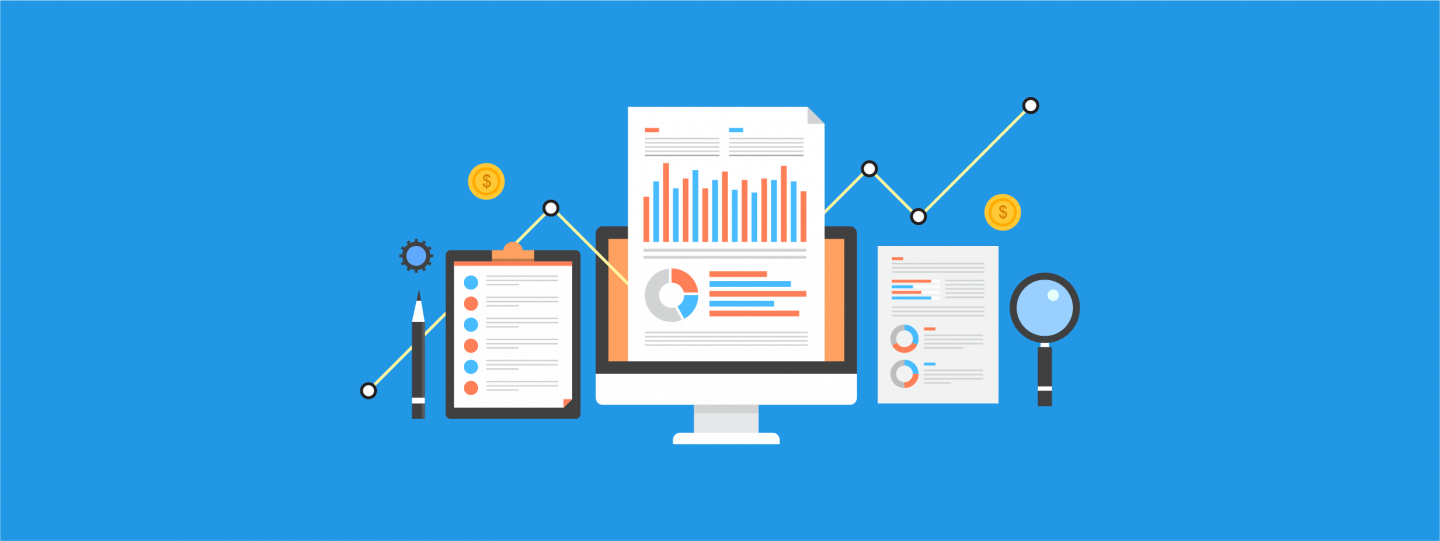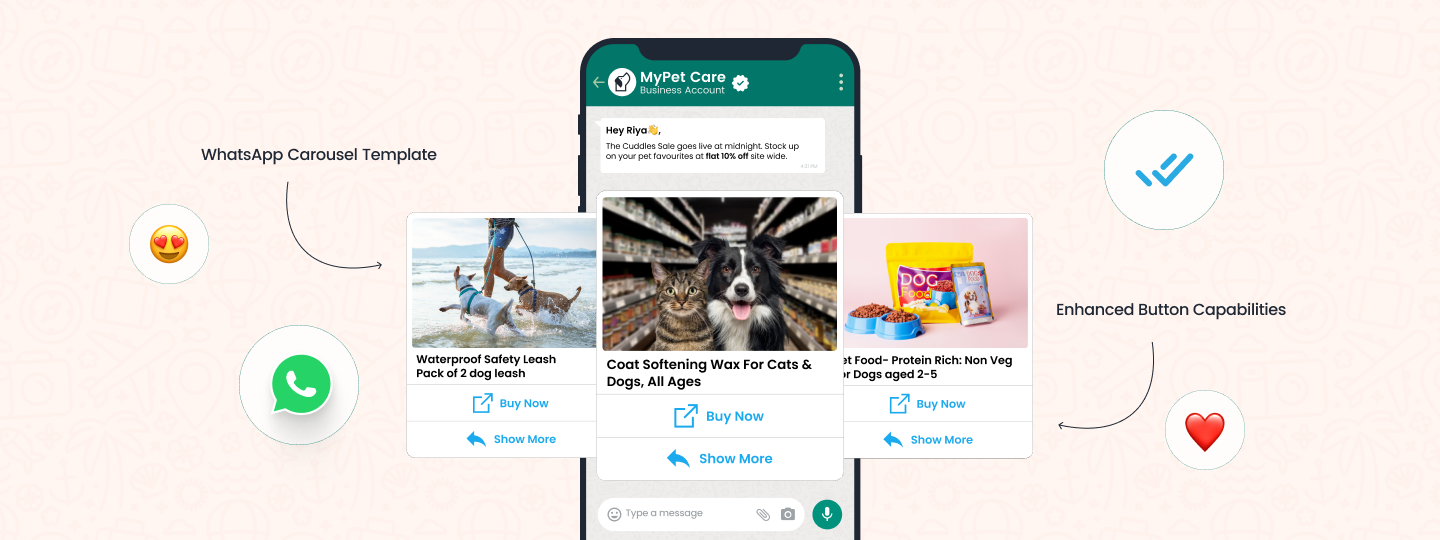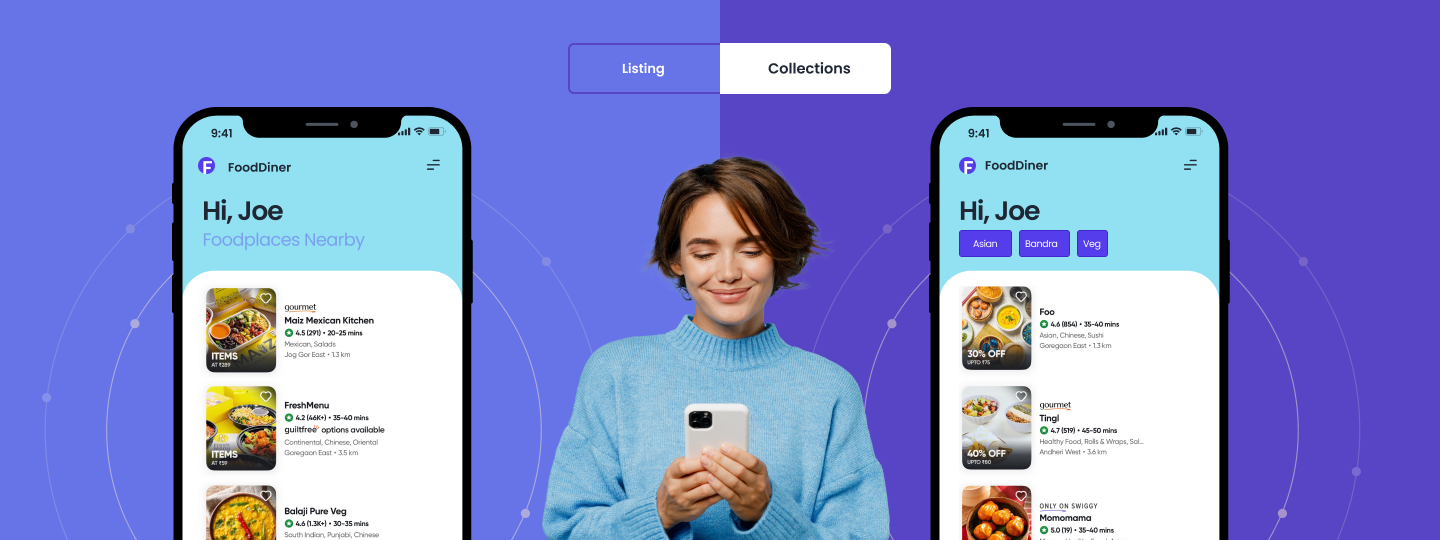The amount of data created online every day is colossal and it’s growing at an enormous rate. The quantities of information that are generated are measured in numbers that are hard to pronounce and write down. Namely, according to IBM, as much as 2.5 quintillion bytes of data are created daily, which further means that 90 per cent of all existing online data has been made in the last two years.
While privacy and security-related dangers of this trend are more than obvious, it can also lead to numerous benefits – especially for businesses that decide to focus on marketing strategies that are largely driven by the collected data about their customers and prospects.
Table Of Contents:
1. The importance of personalization
2. A strategic approach to your general strategy
3. Every individual counts
4. Create actual value for the customers
5. The future will be data-driven
Here we will try to focus on positive effects that the smart use of data can have on user and customer engagement. To build a successful business, simply reaching new people or even convincing them to buy your product once is just not enough. Most people will visit your website or sign up, but they’ll never return. Most customers will buy from you just once and never order again. Thus getting people to engage with your brand in one way or another, to connect with it and make it stick with them longer is crucial. Here is how you can use data-driven analytics to your advantage in this respect.

Source: Screenshot from intercomassets.com
The importance of personalization
One of the loudest buzzwords in digital marketing today is personalization. It’s basically in the heart of all marketing opportunities that are driven by data analysis. The idea is very simple and commonsensical. Ads and promotional activities should be tailor-made for specific people that the company is looking to target and then they should further be executed using the channels that these people are most likely to use.

Source: Screenshot from medium.com
Personalization can work on many levels. Firstly, you need to customize your entire marketing strategy to fit your target market. Secondly, you need to further segment this group and create multiple different campaigns that are looking to engage different portions of this audience. Finally, digital resources you have at your disposal can help you target concrete individuals and create an impression that some of your marketing activities are aimed specifically and exclusively at them.
But for all this, you need to obtain a large amount of accurate data and to learn how to use it to your advantage. Without this, you’ll simply be left guessing or you’ll have to rely merely on your instincts and common sense, which is definitely not something that should be the basis of any of your marketing efforts.
A strategic approach to your general strategy
When it comes to using the obtained data to outline the more general strategies you will later apply to the larger segments of your target market, the approach is partially similar to the one used in traditional marketing, but much more accurate. Best digital agencies today rely less on surveys and focus groups, and more on latest analytical software that does all the work for them. But the essence remains the same – use the data to get to know your demographics, their opinions, needs, desires and their lifestyles.
Also, just like in the old times, you’re supposed to design advertisements with this newly obtained knowledge about your customers in mind. What’s different in this era of advertising is that you have much more advanced tools to target the exact audience you intend to engage. Thus it’s easier to distribute the right messages to the right people through the right channels. Serving targeted ads is easier than ever. It will not just improve some important numbers such as CTR and conversion rate, but even the users themselves report they are more eager to see ads that fit their interests than random ones.

Source: Screenshot from marketingsherpa.com
Also, tracking feedback for your products and campaigns is of huge importance if you wish to improve your future user engagement. With the latest data-driven tools, you can easily see exactly what works and what doesn’t in your overall approach and make sure to fix that as soon as possible.
Every individual counts
As it was already said, with the smart use of collected data, the power of personalization goes beyond the scope of creating broad marketing tactics for certain segments of your target group. You can target exact individuals and serve recommendations or perform special actions triggered by specific behavior of a particular user. This is all based on predictive analytics – basically, the software employs what it learned from the behavior of millions of previous users and applies this knowledge to further guide every particular person through a tailor-made journey created just for them.
Whether the action that is triggered is serving the right ads, providing proper recommendations, initiating a conversation or presenting special offers the user could be interested in, predictive analytics is highly effective. Whether you want to keep the user browsing your website or make them convert, it’s essential that you do everything in your power to keep them interested and engaged.
In order to do this, you’ll have to know as much as you can about them. And for this, obviously, you need a precise and reliable database and a tool that will make the most of it. That’s why larger and larger amounts of venture capital are being invested in apps that perform this exact sort of predictive analysis in order to help marketers with their job.

Source: Screenshot from conversionxl.com
Offering the right action can make all the difference between a regular customer and a missed opportunity. Don’t just set everything, sit back and wait for the people to engage themselves. You need to take constant action to keep them engaged and with the right tools you can give them that much-needed slight push towards finding the right product or appropriate offer for them.
Create actual value for the customers
Naturally, a large majority of the things you do as a marketer or business owner is, at least on the long run, profit-oriented. But sometimes, if you want people to willingly give out their data you need to think what’s in there for them. Yes, they will be served with ads and recommendations they’re actually interested in, but this is still of bigger value for you than for them. You’ll have to do better than that if you want to create a sense among your users that they’re really getting something in return for their data.

Source: Screenshot from freepik.com
Take Apple and their Fitbit app, for example. In return for the data about their daily activities, users get neat, concise reports of their physical performance. A lot of apps and businesses offer special discounts or in-app points for this purpose, which is also not a bad idea. Another good approach, for instance, is to let your app calculate what would be the right products or most appropriate plans for the user to choose, based on data they will give out to you. In any event, the point is to make them feel like they ’re not doing this for anything, but they’re actually getting something useful out of it.
The future will be data-driven
Finally, one of the most important arguments for using data-driven analytics to strengthen engagement is that it will be increasingly utilized for this purpose in the years to come. Especially given the rise of AI technology that’s at the core of unifying and integrating huge amounts of data, as well as behind successful predictive analytics. That’s why it’s no wonder that AI is the highest-growing marketing technology of our age.
Right now, the technology we possess might not be sophisticated enough to always impress us with its predictive power or the (in)ability to create the right personalized experience every time. But it will be getting more powerful and the right use of data will become a necessary component of any successful marketing campaign. This doesn’t mean killing all creativity in marketing. On the contrary, the fact that collecting data will be necessary doesn’t entail that it’ll be sufficient – it’ll just be an excellent starting point that will still need a touch of human inspiration and inventiveness in order to truly engage prospects and customers.
Bonus Read – How Your E-commerce Store’s Mobile App Can Boost Sales With Intelligent User Engagement








 Sanjay Mishra
Sanjay Mishra

 Diksha Dwivedi
Diksha Dwivedi